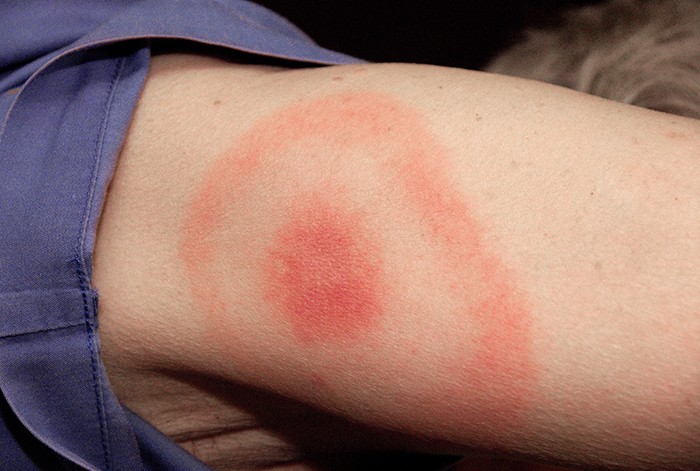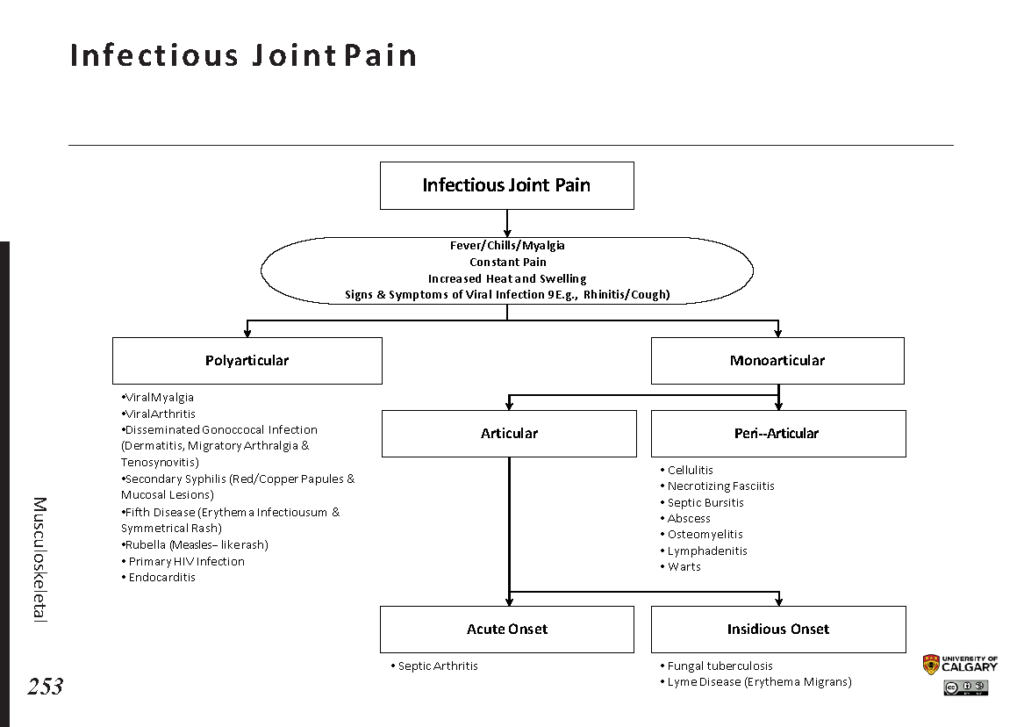Fifth Disease, also known as Erythema Infectiosum, is a common viral illness that primarily affects children. It is caused by parvovirus B19 and is characterized by a distinctive red rash on the face, often referred to as a “slapped cheek” appearance. While it is typically mild and resolves on its own, understanding its causes, symptoms, and care measures is essential for managing the condition effectively.

What Causes Fifth Disease?
Fifth Disease is caused by an infection with parvovirus B19. This virus spreads through respiratory droplets when an infected person coughs or sneezes. It can also spread through contact with contaminated surfaces or objects. The virus is highly contagious, especially in crowded environments like schools and daycare centers. Children are more likely to contract the disease, but adults can also be affected.
The incubation period for the virus ranges from four to fourteen days. During this time, the infected individual may not show any visible symptoms but can still spread the virus to others. Once the symptoms appear, the contagious phase usually diminishes, making it less likely to transmit the illness.
How Does Parvovirus B19 Affect the Body?
Parvovirus B19 targets red blood cell precursors in the bone marrow, temporarily halting their production. For most people, this does not cause significant issues because the body has enough red blood cells to compensate. However, individuals with underlying conditions such as sickle cell anemia or weakened immune systems may experience complications due to the temporary reduction in red blood cell production.
Symptoms of Fifth Disease
The symptoms of Fifth Disease vary depending on the stage of the illness. The disease progresses through three distinct phases, each with its own set of signs.
Phase 1: Initial Flu-Like Symptoms
- Mild fever
- Headache
- Fatigue
- Runny nose
- Sore throat
These initial symptoms are often mistaken for a common cold or flu. They typically last for two to three days before progressing to the next phase.
Phase 2: The “Slapped Cheek” Rash
The hallmark symptom of Fifth Disease is the appearance of a bright red rash on the cheeks, giving the face a “slapped cheek” appearance. This rash usually develops after the initial flu-like symptoms subside. The rash may then spread to other parts of the body, including the arms, legs, and torso. It often has a lacy or net-like pattern and can be itchy in some cases.
In children, the rash is the most prominent symptom and tends to fade within one to three weeks. However, exposure to sunlight, heat, or stress can cause the rash to reappear temporarily during this period.
Phase 3: Recurrent Rash and Recovery
During the final phase, the rash may come and go for several weeks. It is usually triggered by environmental factors such as temperature changes, physical activity, or emotional stress. While the rash may persist, it is generally not accompanied by other symptoms, and the individual starts to recover fully.
Symptoms in Adults
In adults, Fifth Disease may present differently. Instead of the characteristic rash, adults are more likely to experience joint pain and swelling, particularly in the hands, wrists, knees, and ankles. These symptoms can mimic arthritis and may last for several weeks or even months in some cases.
Who Is at Risk?
While Fifth Disease can affect anyone, certain groups are more vulnerable to complications:
- Pregnant women: Infection during pregnancy can lead to serious complications for the unborn child, including anemia or miscarriage.
- Individuals with weakened immune systems: People with conditions like HIV/AIDS or those undergoing chemotherapy may have difficulty fighting off the virus.
- People with chronic anemia: Conditions such as sickle cell anemia can worsen due to the temporary halt in red blood cell production caused by the virus.
Diagnosis of Fifth Disease
Diagnosing Fifth Disease is often based on the characteristic rash and clinical symptoms. In some cases, a healthcare provider may order a blood test to confirm the presence of parvovirus B19 antibodies. This is particularly important for pregnant women or individuals with underlying health conditions who may require closer monitoring.
When to See a Doctor
While Fifth Disease is usually mild, you should seek medical attention if:
- You are pregnant and suspect exposure to the virus.
- You have a weakened immune system or chronic anemia and develop symptoms.
- The rash persists for an extended period or becomes increasingly painful or itchy.
- You experience severe joint pain or swelling that interferes with daily activities.
Treatment and Care for Fifth Disease
There is no specific antiviral treatment for Fifth Disease, as it typically resolves on its own. However, supportive care can help manage symptoms and ensure comfort during recovery.
Home Care Measures
For most individuals, home care is sufficient to manage the symptoms of Fifth Disease. Here are some recommendations:
- Rest: Ensure adequate rest to allow the body to fight off the infection.
- Hydration: Drink plenty of fluids to prevent dehydration, especially if fever is present.
- Pain relief: Over-the-counter medications like acetaminophen or ibuprofen can help reduce fever and alleviate joint pain.
- Cool compresses: Applying cool, damp cloths to the skin can soothe itching caused by the rash.
- Avoid irritants: Stay away from harsh soaps, hot showers, and other irritants that may worsen the rash.
Managing Joint Pain in Adults
Adults experiencing joint pain due to Fifth Disease can benefit from the following measures:
- Gentle exercise: Low-impact activities like swimming or yoga can help maintain joint flexibility.
- Warm compresses: Applying heat to the affected joints can provide relief from stiffness and discomfort.
- Over-the-counter pain relievers: Nonsteroidal anti-inflammatory drugs (NSAIDs) can reduce inflammation and alleviate pain.
Special Considerations for Pregnant Women
If a pregnant woman contracts Fifth Disease, close monitoring by a healthcare provider is essential. In some cases, additional tests such as ultrasounds may be performed to assess the health of the fetus. Treatment options are limited, but early detection and management can help mitigate potential risks.
Preventing the Spread of Fifth Disease
Since Fifth Disease is highly contagious, taking preventive measures is crucial to minimize its spread, especially in community settings.
Hygiene Practices
- Wash hands frequently with soap and water, especially after coughing, sneezing, or touching shared surfaces.
- Avoid close contact with individuals who have symptoms of Fifth Disease.
- Cover your mouth and nose with a tissue or elbow when coughing or sneezing.
- Disinfect commonly touched surfaces, such as doorknobs and toys, regularly.
Vaccination and Immunity
Currently, there is no vaccine available for Fifth Disease. However, once a person recovers from the illness, they typically develop lifelong immunity, making reinfection unlikely.
Living with Fifth Disease
While Fifth Disease is generally a mild and self-limiting condition, understanding its progression and knowing how to manage symptoms can make the experience less stressful. By practicing good hygiene, seeking medical advice when necessary, and providing appropriate care, individuals can navigate the illness effectively and minimize its impact on daily life.





